#vintage novels
Text

I Will Never Again
Feel Your Sun Upon My Face
Or The Comfort of A Grave . . .
#the vampire lovers#carmilla#j sheridan le fanu#roy ward baker#peter cushing#ingrid pitt#hammer films#hammer horror#vintage novels#vintage paperbacks#1970
285 notes
·
View notes
Text

The Bobbsey Twins Set of 4 Books 1950s by Laura Lee Hope Vintage Books LOT || AUtradingpost - ebay
11 notes
·
View notes
Text

A Clockwork Orange - 1962.
15 notes
·
View notes
Text
Guys please check out "Strange Reads" on youtube.
They do extremely high quality videos with excellent narration, telling you about dark and strange short stories and novels from around the beginning of the 1900s or late 1800s.
They only have like 200 subscribers and that is AN ABSOLUTE CRIME!!!!
youtube
38 notes
·
View notes
Photo
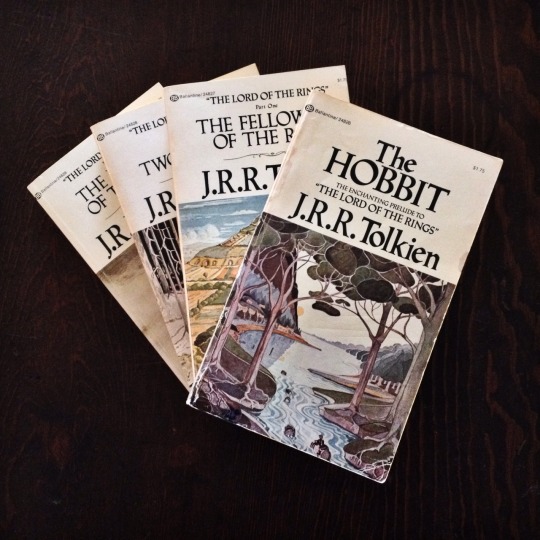
#the hobbit#lord of the rings#vintage books#jrr tolkien#j.r.r. tolkein#fantasy books#vintage fantasy#vintage novels
3 notes
·
View notes
Text

Book Review
Last Exit to Brooklyn by Hubert Selby Jr.
This neighborhood in Brooklyn is a vision of Hell that could torment Dante Alighieri. It’s just as poetic too. Hubert Selby Jr.’s notorious Last Exit to Brooklyn takes its readers to rock bottom levels of social depravity. This isn’t a book that utilizes shock value solely for the sake of controversy though. It is animated by an unspoken compassion and righteous anger that would ruin the book’s impact if it were stated explicitly.
Last Exit to Brooklyn isn’t a novel in the conventional sense. It is actually written like the past-together pulp science-fiction novels of the 1950s and done so for the same purpose. It is a series of short stories with overlapping characters and themes, some of which appeared in literary publications before being strung along as a continuous narrative here in novel form. This might cause some confusion to the reader who doesn’t know this beforehand. Once you realize it is constructed like a symphony or a work of modal jazz, it is easier to understand. Maybe that is one good reason to read it twice.
The first thing you might notice from the start is Selby’s unconventional style of writing. He uses Jack Kerouac’s style of spontaneous prose as a springboard and launches into paragraphs with minimal punctuation that follows the author’s own rules. Selby wrote this way so his typing fingers could keep up with his rushing mind since the language traveled at speeds too fast for his body to keep up with. The result is a fast-paced flood of language that resembles the delirium of Arthur Rimbaud’s Symbolist poetry only it is without so much symbolism and maintains a vivid clarity all the way the way through. It makes you feel like you’ve just stolen a car and as you accelerate and drive away at high-octane, speed you suddenly realize that the brakes don’t work and it’s too late to do anything about it. You can risk jumping out, you can keep driving until the gas tank is empty, or you can continue on until you crash and burn, living in the fleeting thrill of the wildest ride in your life.
The first chapter opens by introducing a blue-collar neighborhood in Brooklyn. There are no main characters in the novel; you could actually say the neighborhood itself is the main character. Populated by a gang of hoodlums, drag queens, cops, soldiers, working class men, and anybody else unlucky enough to wander into this rough side of town, it also houses a Greek diner, a dive bar, a labor union headquarters, a factory, and a military base. Nearby is a housing project which enters the narrative in the last chapter.
This first chapter introduces a young thug named Vinnie and his friends. They get their kicks by committing petty crimes, mostly shoplifting and mugging soldiers from the military base who are out on leave. When these kids aren’t beating someone up, they take turns beating each other up. That’s just the kind of world they live in and they live in it with confidence and comfort. The character of Vinnie returns after the next section which simply describes a working-class family party celebrating a shotgun wedding and the birth of a child with the subplot of a guy whose only ambition in life is to buy a motorcycle. In the third chapter, Vinnie is the object of Georgette’s desire. Georgette is a drag queen who turns tricks uptown for money so she can buy drugs and liquor and live the life she wants. In a brutal twist of symbolism, Cupid’s arrow hitting a smitten lover’s heart becomes a weapon of senseless cruelty, Vinnie and his friend torment Georgette by throwing a knife at her over and over again in front the the Greek diner. The fun ends when the knife gets stuck in her leg. Georgette goes home where her brother assaults her for being gay rather than helping her with her wound. Georgette gets through her trauma by desiring sex with Vinnie. A couple days later, she goes to a party with several other drag queens and prostitutes and Vinnie shows up with his friends. They stay up all night eating benzedrine tabs like popcorn and getting drunk. When dawn approaches, it turns into an orgy. Georgette gets what she wants from Vinnie, but is disappointed since it doesn’t turn out the way she wants it to. The end is a spiral into self-destruction that is a precursor for the way the following stories end.
This whole section is beautifully written, almost more like a work of poetry. It is a lot like a literary rendering of The Velvet Underground’s “Sister Ray”, though maybe a bit darker. And on a Velvet Underground record, you get seedy lyrics along with rough, sometimes poorly executed music recorded on lo-fi technology, yet the passion of the music is what matters and it stimulates strong emotions. That is how Hubert Selby Jr. writes and it reflects the kinds of people he writes about. It’s no wonder that Selby had such a big influence on punk rock.
Next up is the story of “Tralala”. The titular character is a prostitute whose johns tend to be soldiers from the nearby military base. When an officer on leave takes her to an upscale bar on Times Square, she goes on a rampage selling sex for money and rolling passed out drunks, but mostly just selling her body. After getting kicked out of that bar, she starts heading downtown, frequenting lower class places rapidly descending downmarket towards sleazier and dirtier drinking holes until she ends up back in Brooklyn. Tralalala does little thinking and any thoughts that enter her head are subservient to her intuition. Her intuition doesn’t do her much good as her purpose in life ends up being nothing but screwing losers for money without even knowing why she does so. Tralalal crashes hard in the end when she consents to pull a train in a parking lot next to a junked, abandoned car. It doesn’t stop there. She pulls every train that passes through Brooklyn and then some until she is abandoned as nothing but a piece of rancid meat in a pile of garbage.
Does this make you uncomfortable? It should and not for the obvious reason. Tralala does everything she can to get herself into such a wretched fix so it is difficult to sympathize with her. This is what is clever about the story: it pushes you to the limits of your empathy and makes you confront the possibility that you may not be as kind-hearted as you think you are. It’s like having an angel on your shoulder saying “Don’t worry about her. She’s a trashy girl who got herself into that mess” while Hubert Selby Jr. wearing a devil’s costume, sits on your other shoulder saying with a lower-class Brooklyn accent, , “Of course you should pity her, you asshole. She’s a human being just like you are.” (Now it’s time to take a break and re-read William Blake’s “Proverbs of Hell.”)
By this point you might see a pattern emerge. Selby writes about people who are trapped in a nightmare world they didn’t create. With limited psychological, social, or economic resources, they don’t have the means to escape so they take whatever path they think is open to them. Just because they make the mistake of choosing the wrong paths doesn’t mean they aren’t striving to be something better. Saint Selby mercilessly challenges you to sympathize with the least desirable people in American society.
So Georgette seeks liberation in romance with a thug who doesn’t respect her and Tralala pursues transcendence by immolating herself in the self-destructive life of prostitution. Now Harry enters the novel in “Strike”, the longest and most developed passage in the book.
Harry is an odd character. From the opening paragraph, we learn that he is more sexually attacted to his infant son than he is to his wife. Nonetheless, every night he has sex with her and then sleeps fitfully while being tormented by nightmares that symbolize his feelings of entrapment. In the daytime, he works as a lathe operator in a metal working factory. He is also the union’s shop steward. As an apathetic worker, he does the bare minimum of labor and spends the rest of his time either doing nothing or stirring up trouble over union rules. The union leaders know he is a fool, but they keep him on as shop steward because he is such a thorn in the side to the factory managers.
When the union contract comes to an end, a strike is called. Harry is put in charge of “managing” the strike although his duties are little more than sitting in the headquarters, stamping the striker’s union books, and getting drunk while listening to the radio. The union leaders give him carte blanche with an expense account and most of the money he spends is on beer and junk food for the strikers. Really, he is being set up as a fall guy in case the union gets into any trouble, legal or otherwise.
The strike grinds on for a long time. While the strikers morale sinks lower and lower, Harry’s sense of self-importance grows. Being the nominal boss of the strike makes him feel like a big shot even though he contributes nothing of any value to the cause. Then he befriends Vinnie and his gang of hoods. They take advantage of him, drinking up all the beer Harry pays for with the expense account, but Harry naively thinks they are his friends. They mark a turning point in the story when the union president hires them on the sly to blow up the trucks of a shipping company that broke the picket line at the factory. More importantly, they introduce Harry to a drag queen who he later pursues in a gay bar. Harry comes out and begins leading a double life that involves gay relationships. You can almost feel happy for him since his nightmares end and begins feeling good for the first time in his life. But this is undercut because at the same time he begins beating his wife who has no knowledge of his alter-ego. Harry thinks he has found his true self and then the strike ends; he goes back to being a mediocre lathe operator while all the elation he felt while being the boss of the strike wears off like a magic spell that has run its course. For Harry, it all ends in tears. Those tears are bloody tears too.
What makes this story so great is hard to explain, not because an explanation is beyond description, but because the story really speaks for itself. Harry runs the course from being an unsympathetic character to someone you can begin to cheer for and then falls back into being a sad and lonely loser in the end. At the peak of the story, you hope that his liberation will help him work out all the anger that makes him violent and irresponsible if he is just given enough time. Harry gains your sympathy and understanding, then while some of that lingers his life descends back into a nightmare existence. He isn’t a great person but that is the whole point. Hubert Selby Jr. isn’t concerned with portraying heroes. He is concerned with portraying the kinds of troubled people we don’t like and asking us to re-evaluate them in terms of the rotten situations they live in.
Finally, the last chapter is not so much of a story as a weaving of narrative threads and vignettes all taking place across the span of a day in a low-income housing project. As all its inhabitants cross paths, we get a picture of a concrete hive in Brooklyn like the inner circle of Dante’s Hell. It’s filled with fighting couples, domestic violence, adulterers, neglected children, alcoholics, delinquent teenagers, snobs, bums, alcoholics, and all around inconsiderate people. To top it all off there is an elderly Jewish woman, living a life of quiet despair in her loneliness, running on the fumes memories she has of her dead husband and a son who got killed in the war. She anchors the narrative by showing us how alone in the world all of us really are and how painful that loneliness is. Under the worst circumstances, we could all end up being just like her. Reading this passage is like listening to some melancholy musical suite in its execution. It brings you into a world that you would rather not be in. Doesn’t that just re-enforce the point that none of these characters want to be where they are anyways? You, the reader, can always close the book and refuse to finish reading. Like the guilty being punished in Dante’s Inferno, these characters don’t have the luxury of escaping. For you, this is the last exit TO Brooklyn; for them there is no exit FROM Brooklyn or at least, they don’t have what it takes to find an way out.. You may not like these people but the least you can do is have some understanding of what they are struggling with. After all, they might be better people if they were thrown into a kinder world.
Last Exit to Brooklyn is crude in its content, style, and execution and that is the point. There are times when it makes you feel like you’re being punched in the head while throwing up and having diarrhea at the same time. Hubert Selby Jr. has commented that he wrote this novel to portray a world without love. He actually said that he wrote about each character out of love. Selby wasn’t a mean-spirited or a sadistic man; in actuality, he was a gentle soul who felt a lot of anger over the human condition. A lot of this resulted from the absence of his irresponsible and alcoholic father and this can be seen in the consistent theme of terrible fathers in this novel. This novel is a picture of city life that he holds up in our faces as if to shout at us about how our society has taken a wrong turn. Along the way he dares us to find it in our hearts to have compassion for those we think of as irrelevant, unimportant, uninteresting, or worthy of our scorn. As repulsive as this novel is, it was written out of courage and we as readers need to be courageous enough to read it.
#book reviews#hubert selby jr#vintage books#vintage paperbacks#vintage novels#fiction#american literature
1 note
·
View note
Text
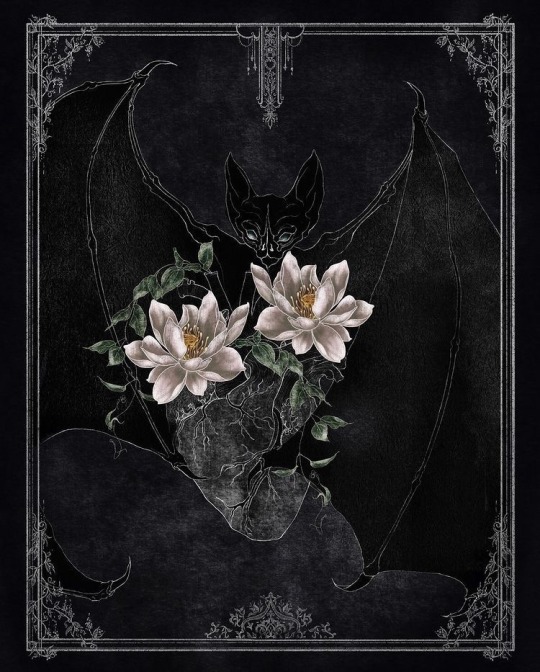
🦇 🫀
#goth#gothic#vampire#victorian#victorian goth#vampires#novels#writing#gothcore#vampirecore#vampire lover#vampcore#vampire aesthetic#vampire goth#vampyr#vampire boyfriend#macabre#creepy aesthetic#alt aesthetic#goth aesthetic#aesthetic#vintage#background#wallpaper#art#artwork#victorian gothic
6K notes
·
View notes
Text


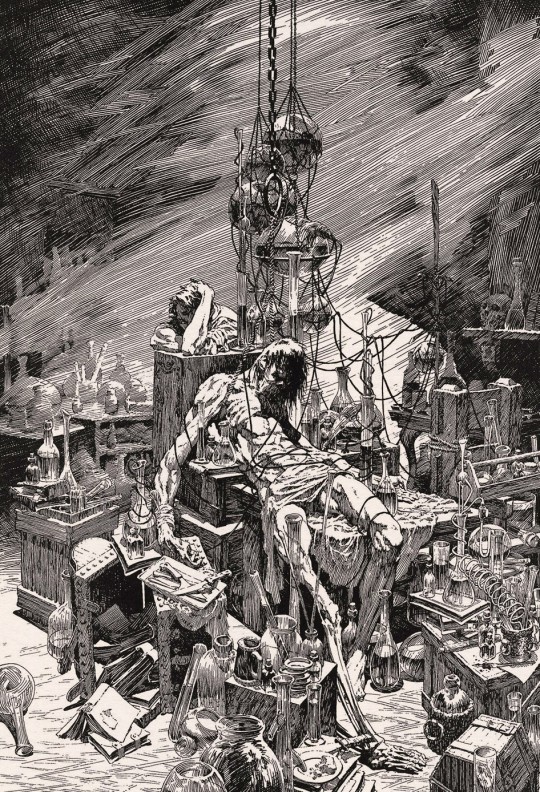
Illustrations from Mary Shelley's Frankenstein by Bernie Wrightson (1983)
#bernie wrightson#art#illustration#1980s#1980s art#vintage art#vintage illustration#vintage#american art#american artist#american illustrators#graphic novel#mary shelley#frankenstein#horror#horror art#classic art
2K notes
·
View notes
Photo

Daphne Du Maurier with her father, Sir Reginald Du Maurier, Hampstead, 1925
#1920s#roaring 20s#jazz age#history#daphne du maurier#historic#vintage#reginald du maurier#1925#photos#author#writer#novels#books#rebecca#jamaica inn#my cousin rachel#hampstead#england
996 notes
·
View notes
Text
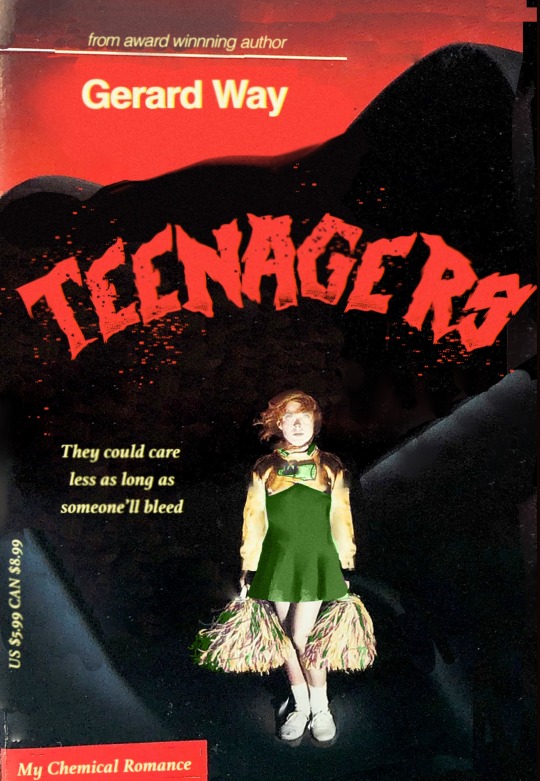
#mcr#my chemical romance#gerard way#pulp thriller#my art#cheerleader gerard#my chem#digital art#mcr art#mcr nashville#thriller novel#teenagers#the black parade#tbp#thriller#vintage books#vintage cover art#pulp covers
1K notes
·
View notes
Text

Dorothy P. Lathrop (1891-1980), ''The Princess and Curdie'' by George MacDonald, 1946
Source
#Dorothy P. Lathrop#Dorothy Pulis Lathrop#american artists#george macdonald#vintage illustration#fantasy novels
505 notes
·
View notes
Text

The Patchwork Man
56 notes
·
View notes
Text
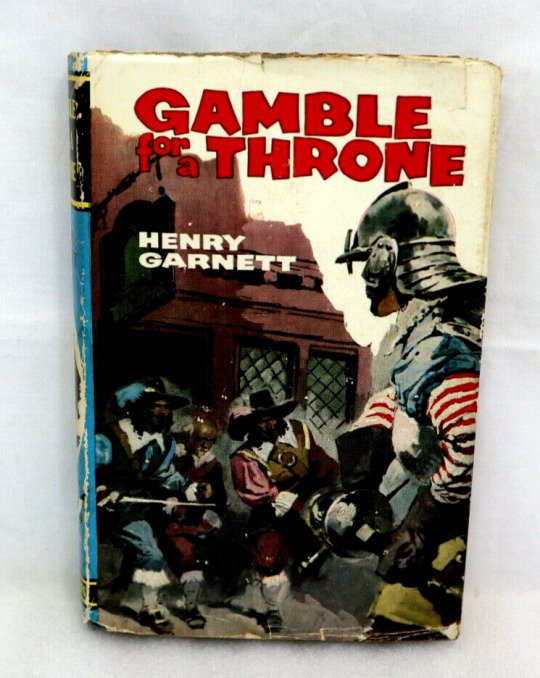

Gamble For A Throne by Henry Garnett 1962 Vintage Hardcover || AUtradingpost - ebay
4 notes
·
View notes
Text

Wing Commander: End Run - art by David Mattingly (1993)
#david mattingly#wing commander end run#90s sci-fi art#cover art#90s PC games#vintage video games#sci-fi novels#christopher stasheff#william r. forstchen#1990s#1993
318 notes
·
View notes
Text


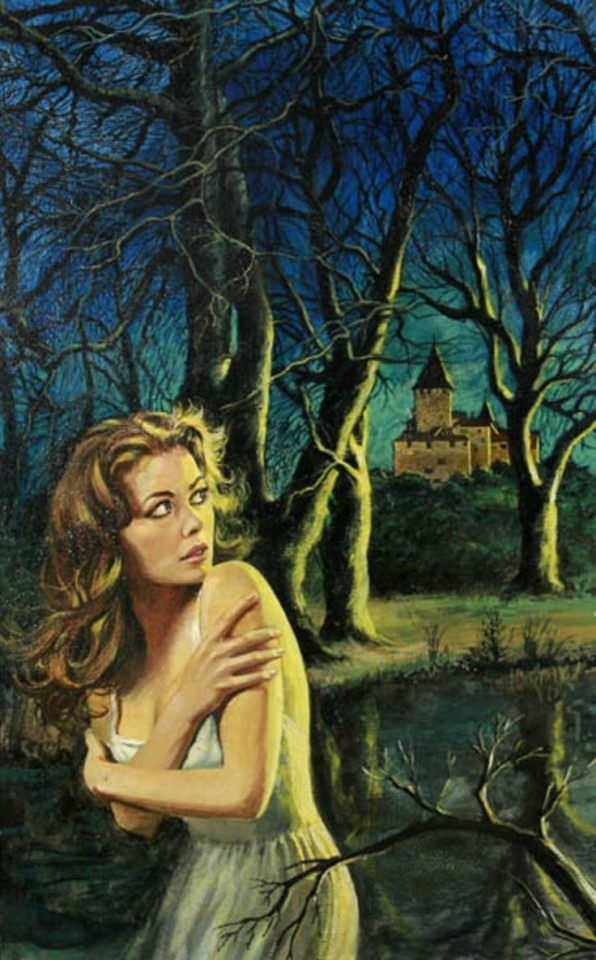
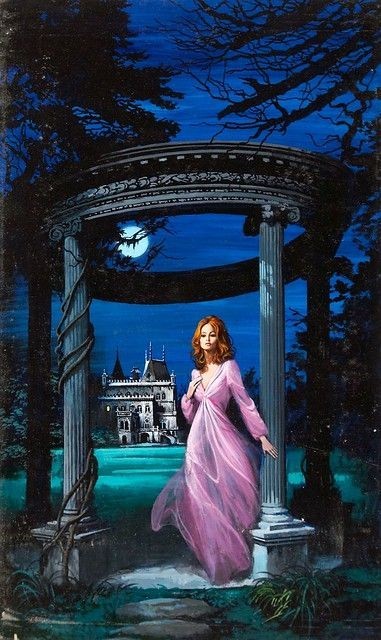
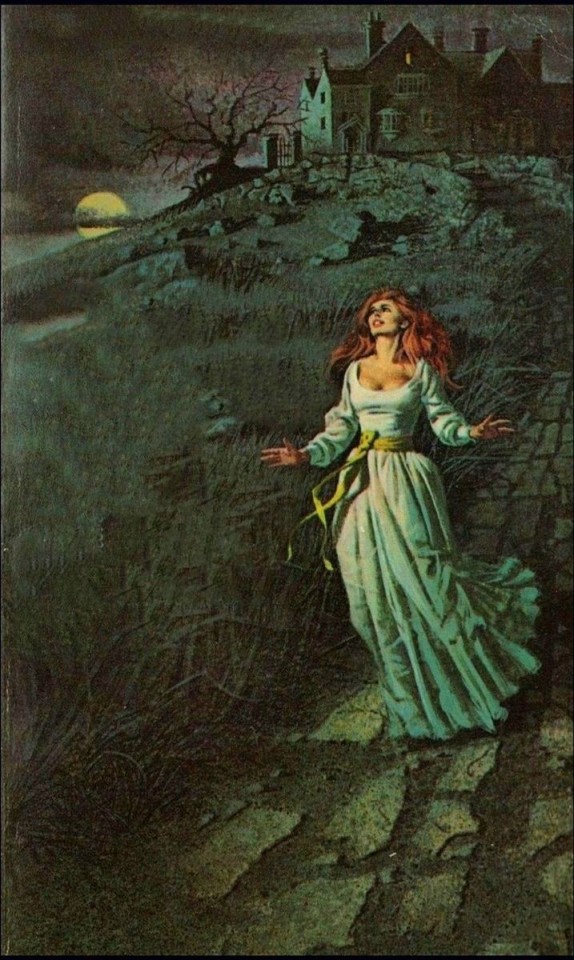


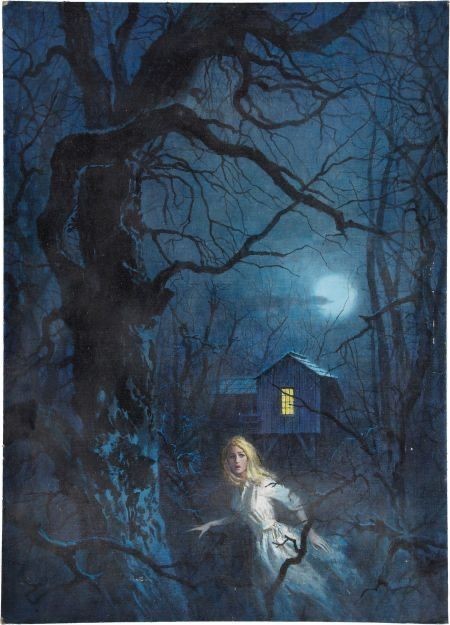

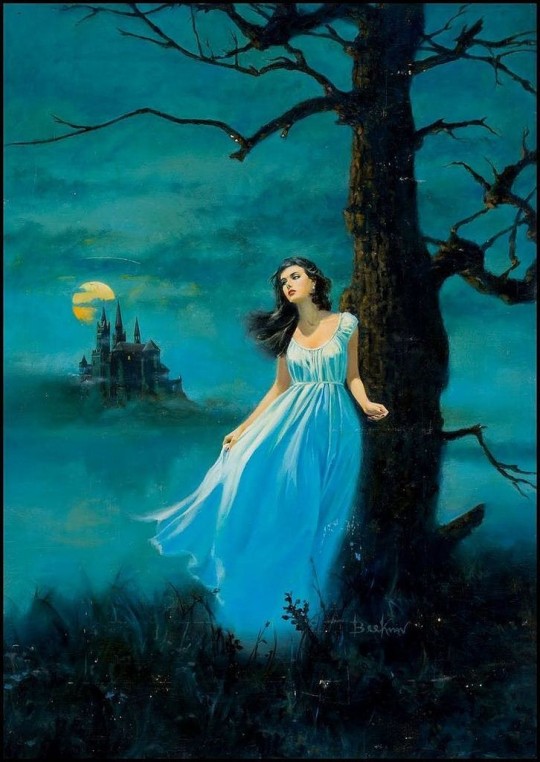
#pulp art#pulp horror#reading#booklr#bookish#art#justonemorepage#bookaholic#books and reading#gothic novel#spooktober#spooky#horror#horror novel#vintage#retro halloween#retro horror#vintage horror#halloween#halloween vibes#creepy cute#book cover#bookblr#books#book recommendations#haunted#haunted house#haunting#gothic literature#gothic art
610 notes
·
View notes
Text
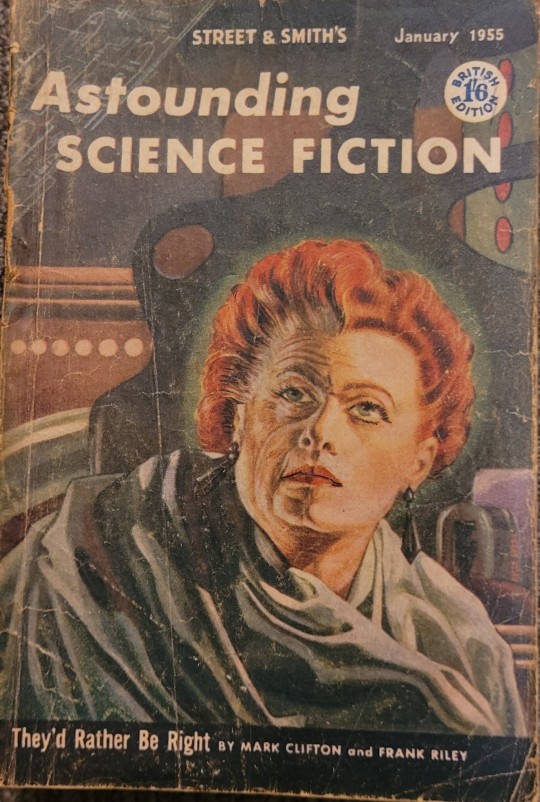




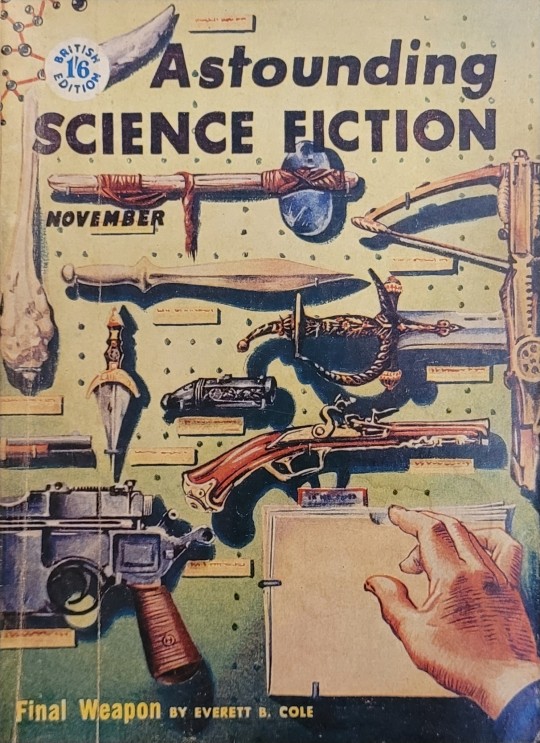
astounding science fiction (british edition) issues from 1955
from my grandfather's sci fi collection :)
#astounding science fiction#analog science fiction#sci fi#50s#retro sci fi#sci fi novels#vintage sci fi#pulp novels#sci fi art#vintage books
535 notes
·
View notes